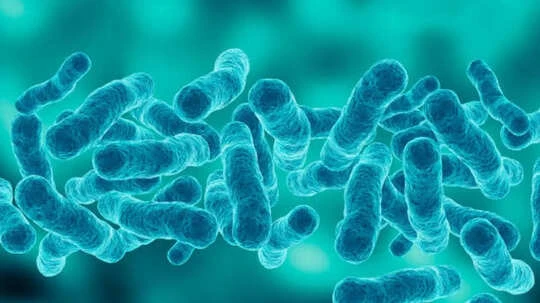New York City health officials have confirmed a sixth death due to the Legionnaires’ disease outbreak in Harlem, where 112 people have now been diagnosed.
According to officials, the latest fatality happened outside the city and was discovered during the health department’s ongoing investigation.
According to the Associated Press, seven people have so far been hospitalised.
Officials said the traces of Legionella bacteria were found in 12 cooling towers across 10 buildi a hospital and a sexual health clinic. All towers have since been cleaned and treated. “While Legionella bacteria in the environment are common, Legionnaires’ disease is not a common disease. Among the 8.5 million people living in NYC, between 200 and 700 people are diagnosed with Legionnaires’ disease each year. Every case of Legionnaires’ disease is required to be reported to the Health Department, and our staff follow up on every report,” the health department said.
What is Legionnaire’s disease?
According to experts, Legionnaires’ disease is a severe type of pneumonia contracted by inhaling contaminated water droplets, often from artificial water systems like air conditioners, humidifiers, or whirlpool spas. It also causes Pontiac fever – a less serious illness with flu-like symptoms. Doctors say Legionnaires’ disease can be life-threatening.
Most people do not get Legionnaires’ disease, even if they have been around Legionella bacteria. But some are more likely to get sick with the infection if they:
- Are older than 50 years of age
- Smoke or used to smoke cigarettes
- Have a weakened immune system due to certain medical conditions, such as cancer.
- Have a long-term respiratory illness, like chronic obstructive pulmonary disease.
- Have stayed in a hospital recently
- Have had surgery requiring anesthesia recently
- Have received an organ transplant recently
What are the signs and symptoms of Legionnaire’s disease?
Legionnaires’ disease leads to pneumonia-like symptoms that start two to 14 days after exposure to Legionella. Doctors say you may also have neurological or brain and gastrointestinal or gut issues. A few symptoms of Legionnaires’ disease include:
- High fever
- Dry cough
- Breathlessness
- Diarrhoea
- Muscle aches
- Headache
- Nausea
- Confusion
- Coughing up blood
- Stomach pain
How do you get the disease?
According to doctors, Legionnaires’ disease can be transmitted by breathing in mist or aerosolised water, which is contaminated with bacteria, or by getting contaminated water in your lungs. Outbreaks of Legionnaires’ disease have been described in hotels, hospitals, long-term care facilities, and cruise ships. You can also get it from:
- Hot tubs
- Shower heads
- Faucets
- Humidifiers
- Heating and cooling systems
- Intubation during surgery
- Dirt
It can be treated with the help of antibiotics. You may get antibiotics through your veins or in a pill that you swallow. Doctors say that if you have trouble breathing, they can give you treatments to help you get enough oxygen.
